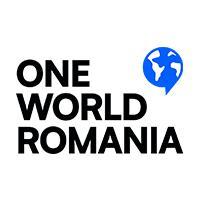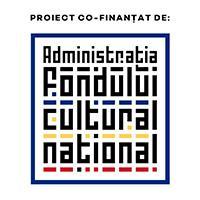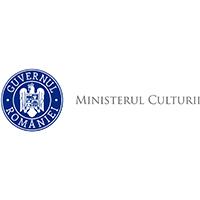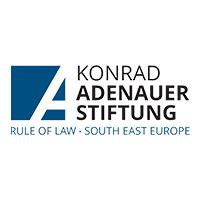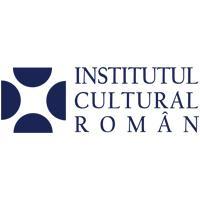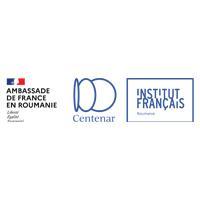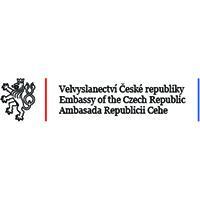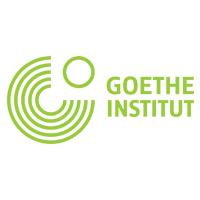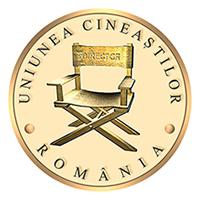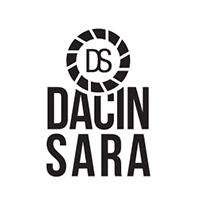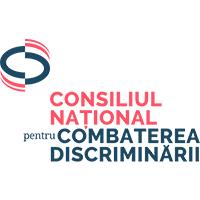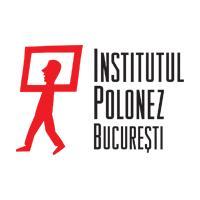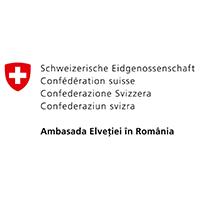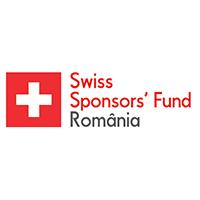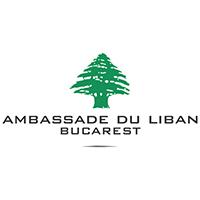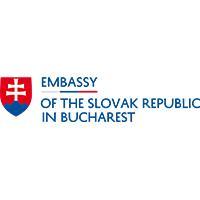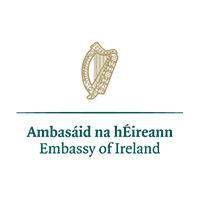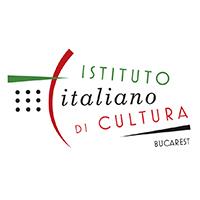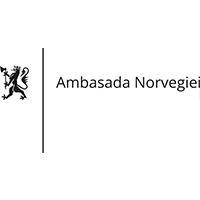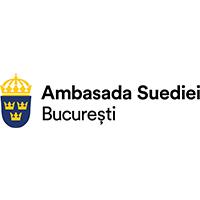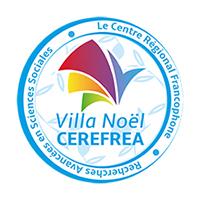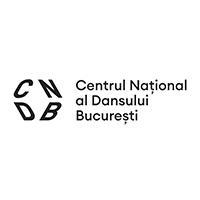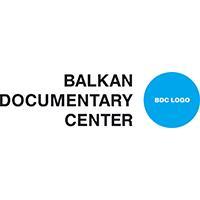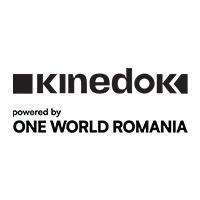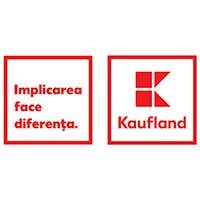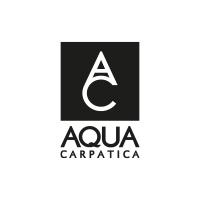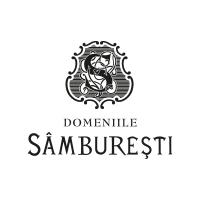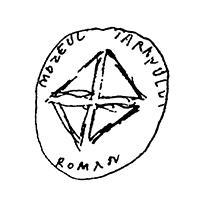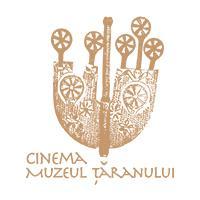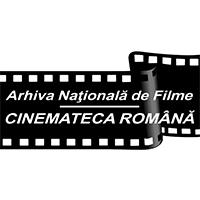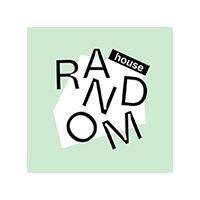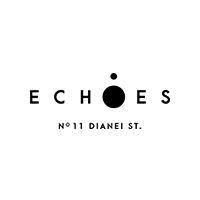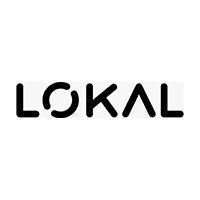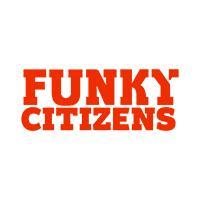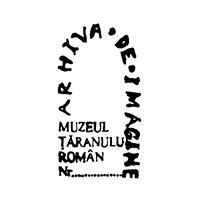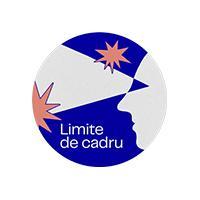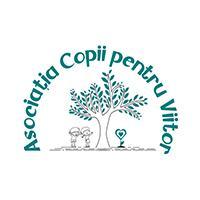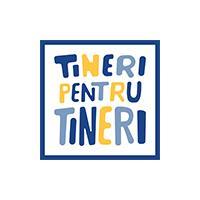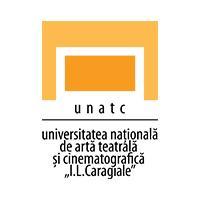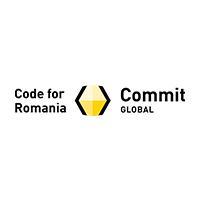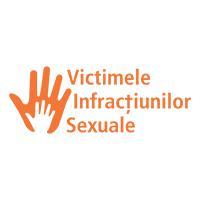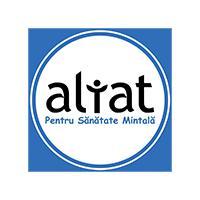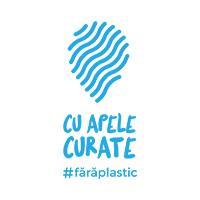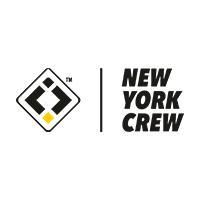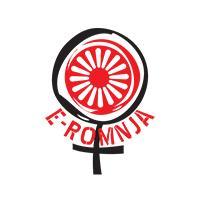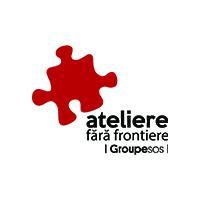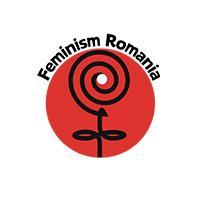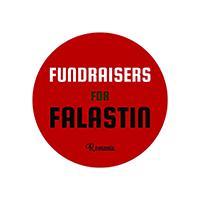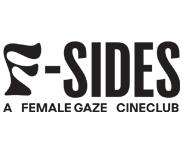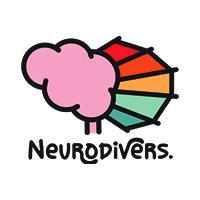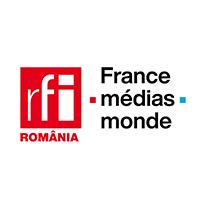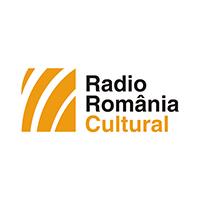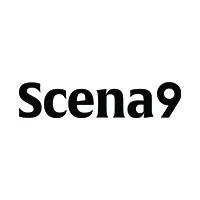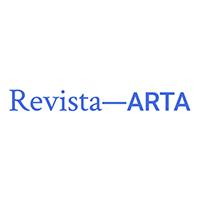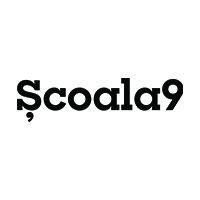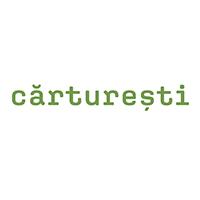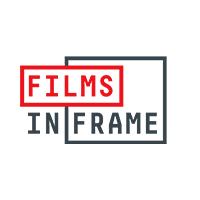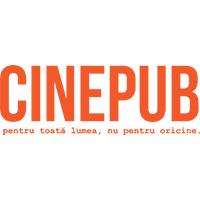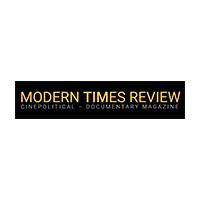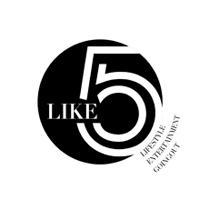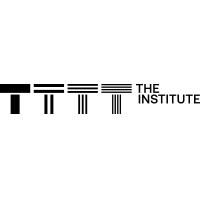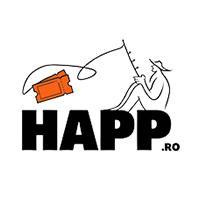If an album of moving images from the first post-communist decade exists, one should search for it at the Visual Arts Foundation (www.fav.ro). Patricio Guzmán, the Chilean director who linked his name to the images of his birthplace, said that “a country without documentaries is like a family without a photo album.” The 1990s represented the most confusing and troubled period in our recent history, a period when nobody cared – or knew how - to reflect and to meditate upon the astonishing, painful, and contradictory transformations the Romanian society was going through.
In order to understand what the Visual Arts Foundation meant in the context of the 1990s, we should first provide an overview of the situation. Cinema’s production system was still based on the centralized forms of the former regime, monopolized by a small group of directors/producers. Sahia, the documentary studio, was gradually losing its funding and purpose, as well as its creative staff, failing to break away from its propagandistic role. Public television, the only TV network that existed until the emergence of the first commercial channel, worked as a political instrument of power. Moreover, documentary film distribution was quickly disappearing from movie theatres, even in the form of short films presented as a supplement to ”artistic films.”
In the autumn of 1992, Vivi Drăgan Vasile (director of photography, co-author of the film “University Square,” and collaborator of the video studio run by the Group for Social Dialogue) managed to obtain private funding for a project that he defined as follows: “An idea was born, namely that market economy should somehow also work in favour of the artists. Some outlawry, in other words.” From the grant offered by the Soros Foundation, the group bought vide and editing equipment and secured a top-floor apartment in the center of Bucharest. The Visual Arts Foundation opened itself up to young film directors and artists who had film projects, by providing them access to professional equipment – which was extremely rare in Romania back then – and covering minimal production costs. When one describes the FAV of the 1990s, they cannot help resorting to idealist phrases which could raise smiles nowadays. An oasis of creative freedom, an experimental lab, an ingenuous artistic community...
And yet, without interfering in any way with the creative process of the others, Vivi knew how to set a direction for the Foundation. The first FAV production was “The Penal Code Was Ratified”, a political music video made by Vivi himself along with Vali Sterian, around the major social- political themes of the era: anti-communism and the traumas of repression, the authoritarian restoration represented by the Iliescu regime, the economic shortage and the social misery of the transition. These themes were later explored by other authors as well, together with the anthropological concern for disadvantaged communities, the recovery of the cultural and historical memory that had been censored during the Sovietization or under Ceaușescu, the visual ethnography of the rural world. FAV managed to open the doors of the National Film Archive and offered access to images that hadn’t been revisited up until then. An entire world ignored by audiovisual productions – whether mainstream, commercial, or public – found its representation in the 1990s at
FAV. Oftentimes with sarcasm, sometimes with melancholy, but always with honesty and empathy.
A very diverse community soon coagulated around the Visual Arts Foundation, one that included both filmmakers at the beginning of their journey (Radu Muntean, Radu Ionescu, Vali Hotea, Sorin Botoșeneanu, Cornel Mihalache, Anca Damian, myself, and others) and visual artists with an interest for new media (Geta Brătescu, Radu Igazsag, Marilena Preda Sânc, Călin Dan, and later on Gaspar Csongor and Neil Coltofeanu.) Over the years, FAV supported various initiatives of contemporary dance groups (Contemp, The Marginals), produced musical films, recorded independent theatre shows, and created a series of making-ofs for several Romanian and Hungarian films.
Betacam SP was a video format most freelancers could only dream of, even if today we are shocked by its lack of definition and color space. For the most part, the “video album” look developed at FAV in the 1990s is determined by the limits of this last generation of analogue equipment, prior to the transition to digital formats.
Following the inauguration of the National Film Centre (CNC) in 1999, as film directors and artists turned to advertising or other funding sources and the access to video equipment was democratized, FAV became a producer like any other and its aura began to fade, without ever disappearing.
The Visual Arts Foundation retrospective initiated by One World Romania is a continuation of our efforts to revisit cinematic memory (through the Sahia Vintage project, among others.) We thus propose two programmes: one comprising documentary films and another one made of experimental films (or ‘video art,’ as they used to be called - a term that is now obsolete.) The two will be completed by a small selection of musical films. Let us rediscover together this family album, created in turbulent times, in a unique playspace.
P.S. We cannot talk about FAV without mentioning the people who made up the core of the team: Velvet Moraru - producer, Gheorghe Oprea – camera operator, film editors Dobrică Lospă and Mihai Mitici, Mariana Dincă – accountant, and, beginning with the 2000s, Dana Bunescu - technical and creative support.
Alexandru Solomon
________________________________________
FAV Experimental (74') - Thursday, April 6, 18:00 - Union Cinematheque
FAV Documentary (112') - Saturday, April 8, 17:30 - Arcub
FAV Musical (24') + Talk (cca 80') - Sunday, April 9, 15:30 - Arcub
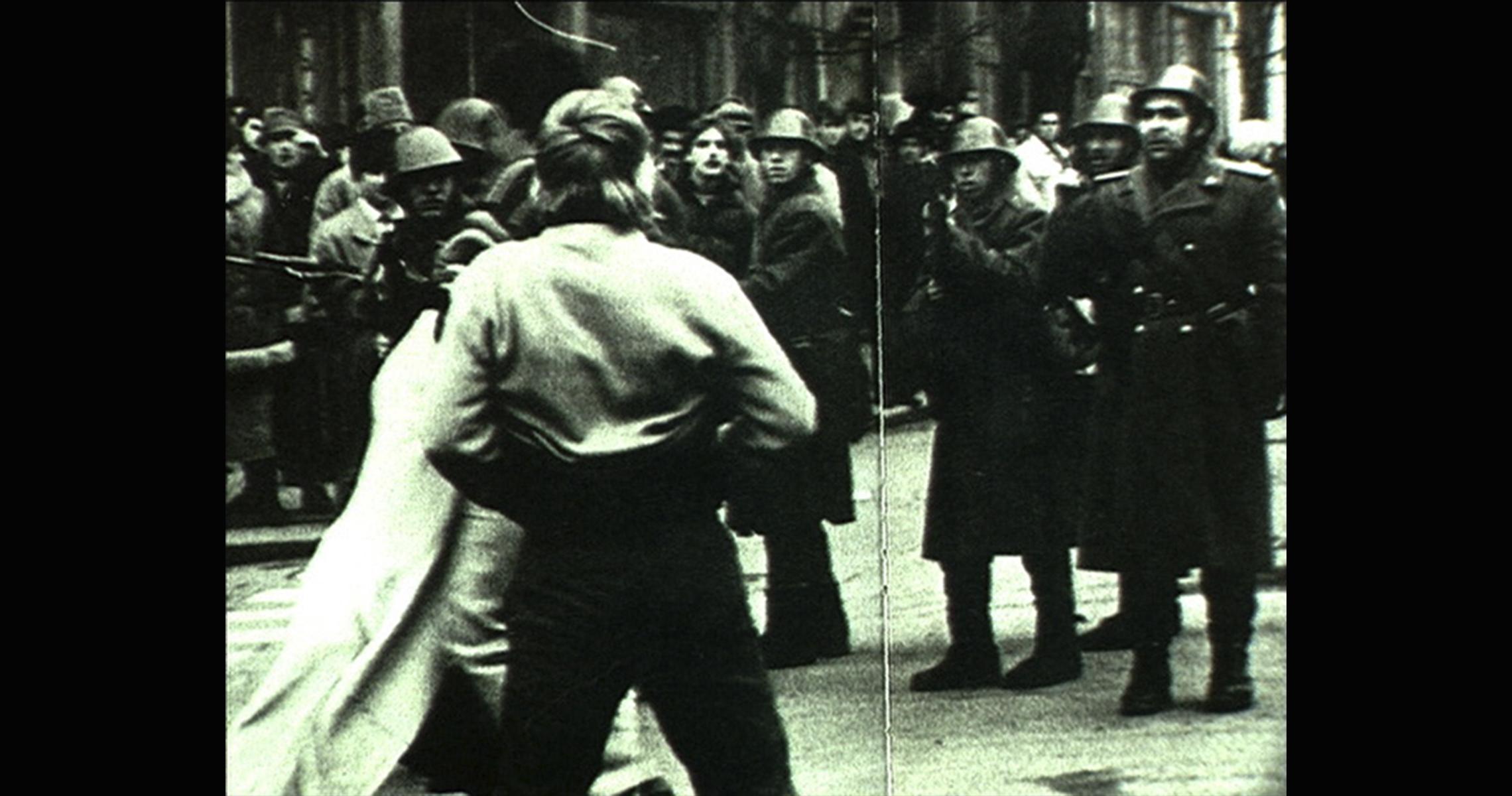
1993 24' Romania
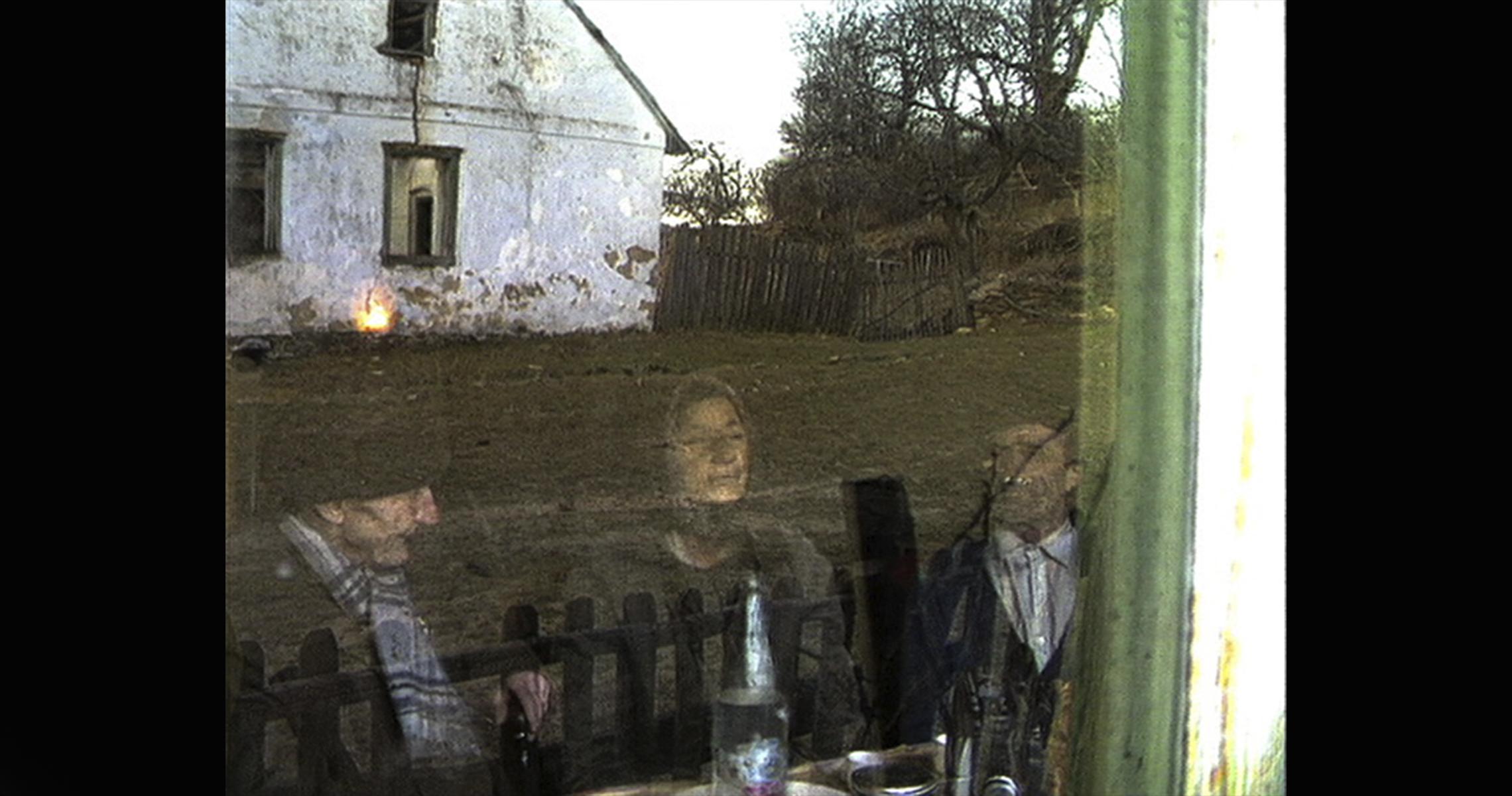
1994 8'30'' Romania
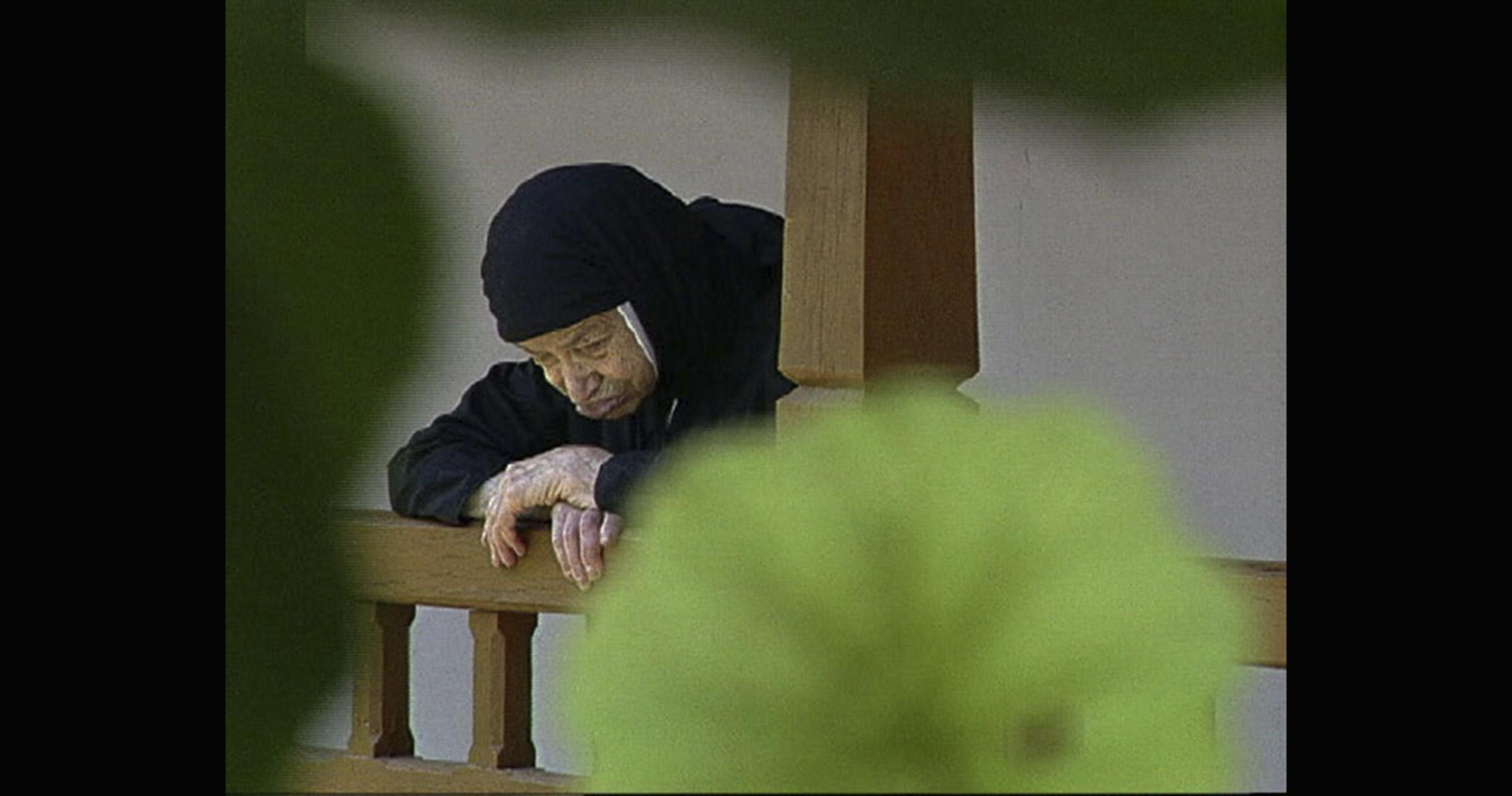
1995 12' Romania
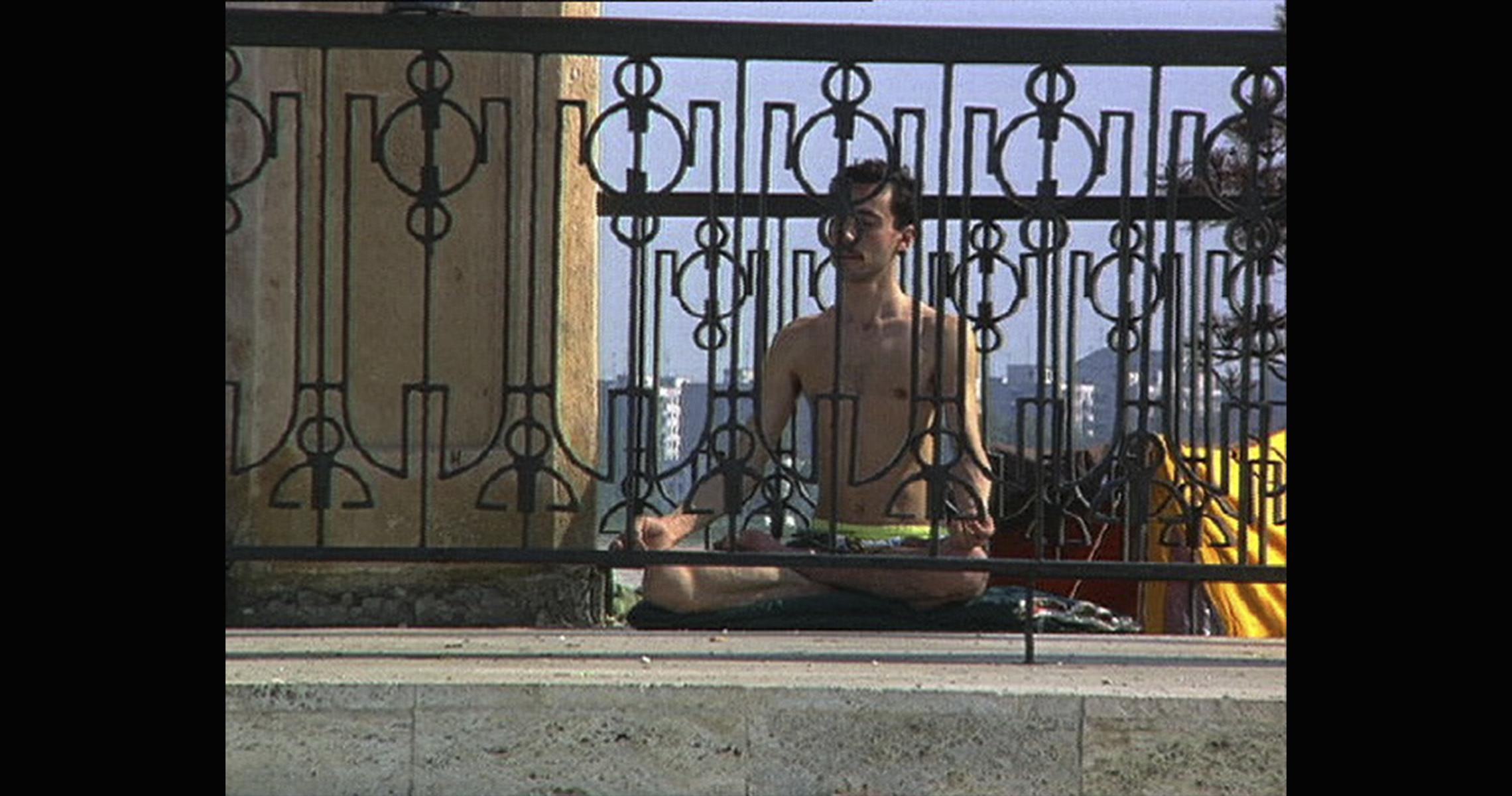
1995 25' Romania
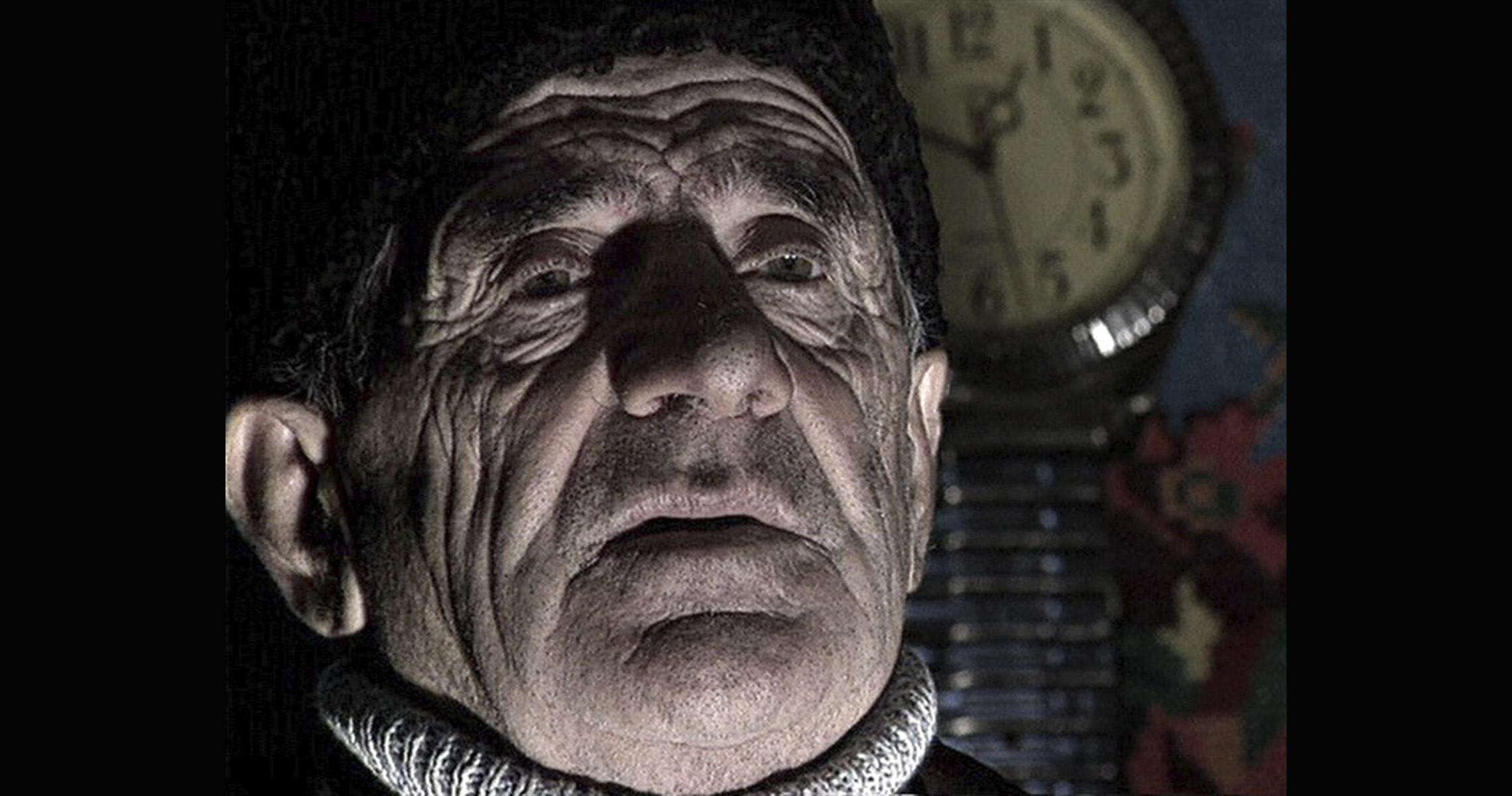
1996 19'30'' Romania
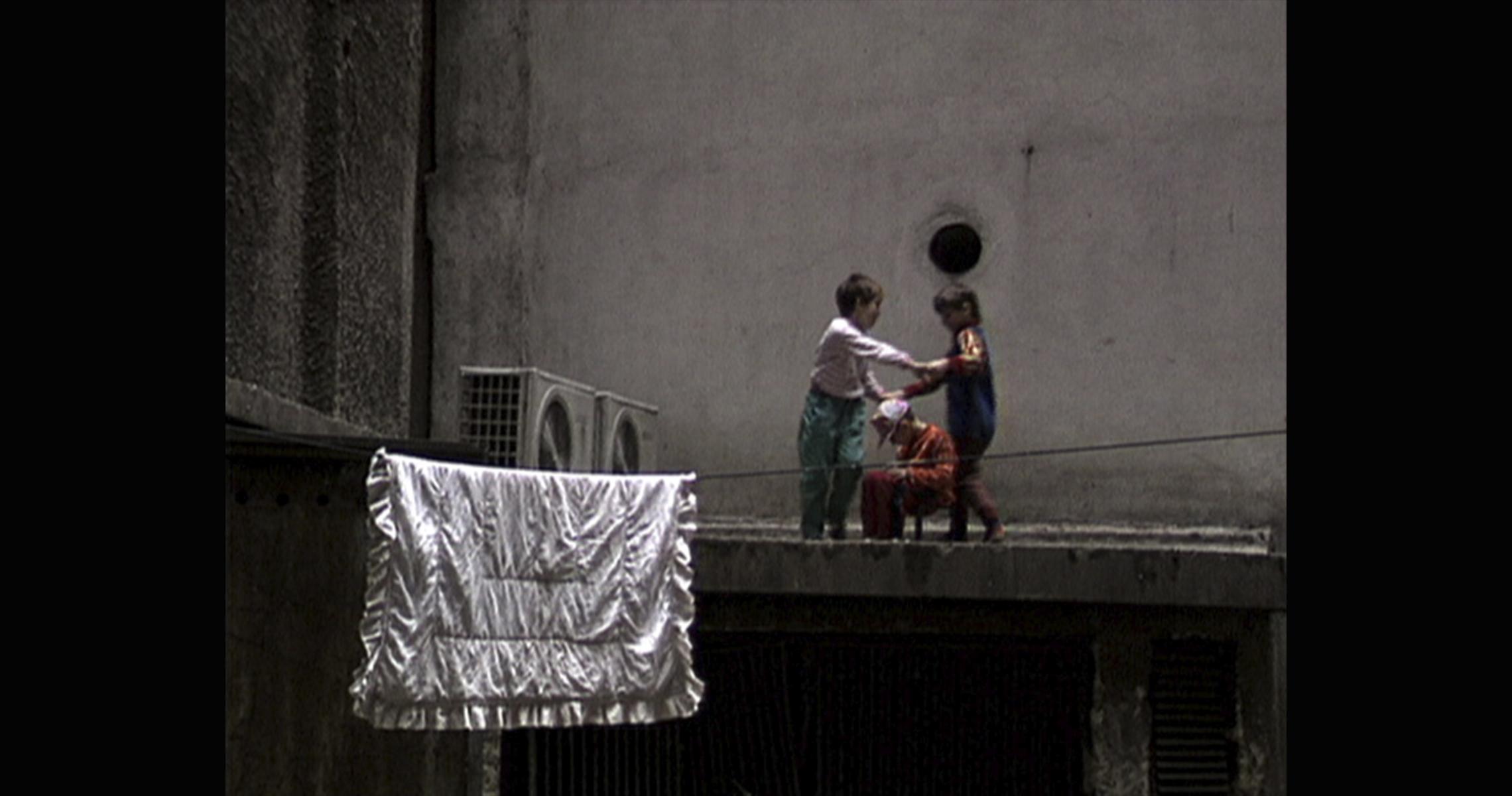
1996 23' Romania
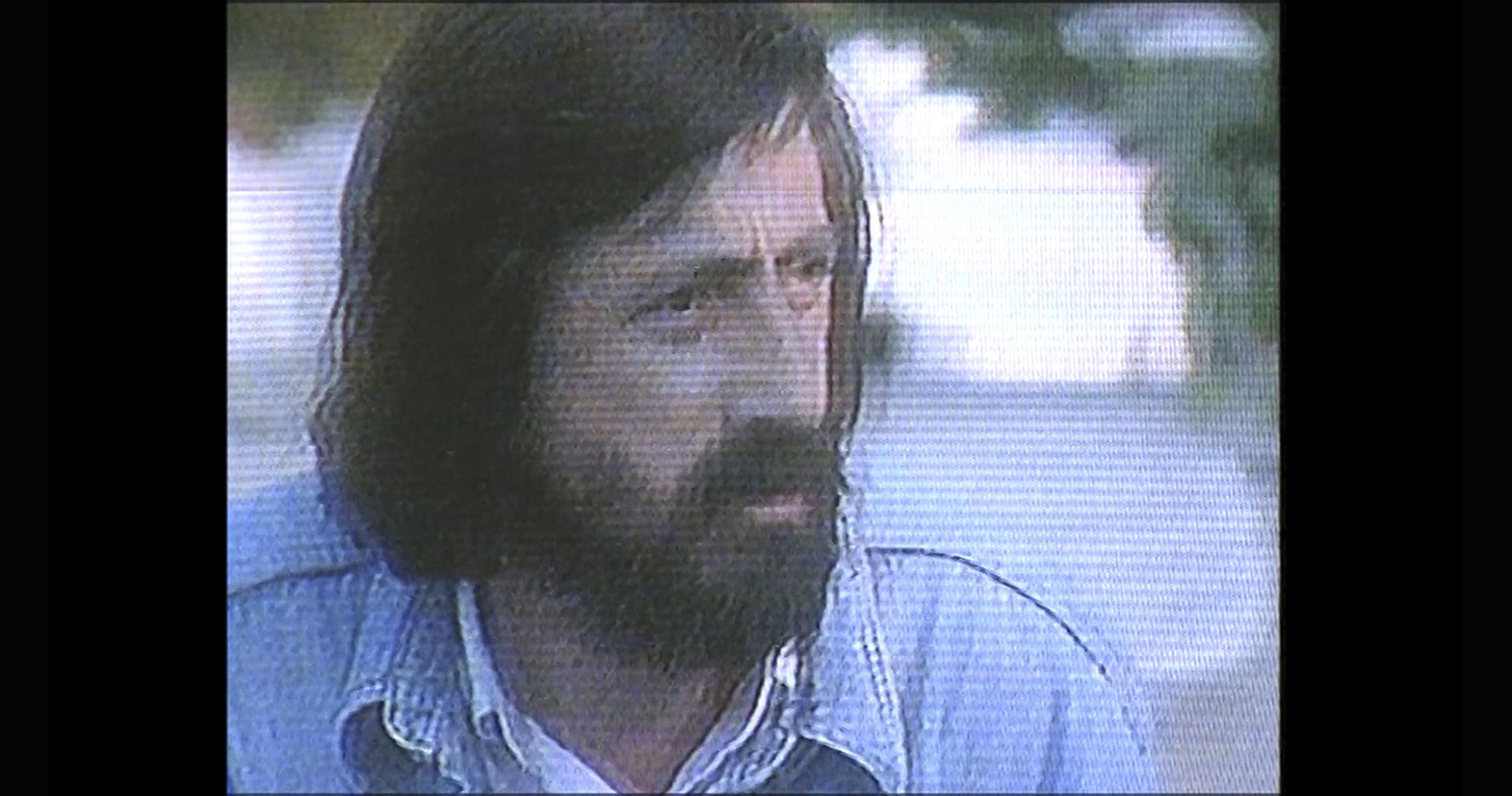
1994 4' Romania
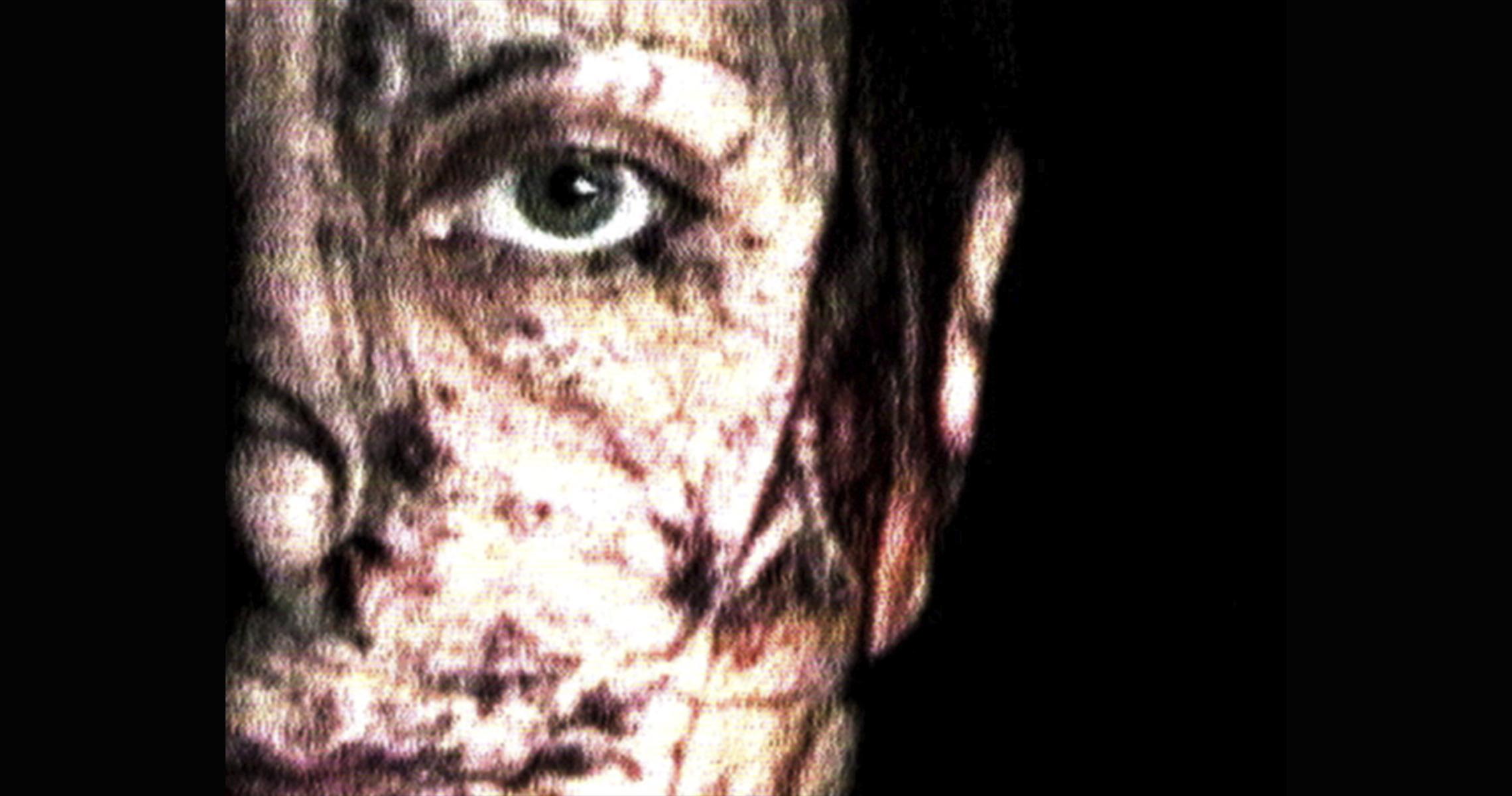
1997 6' Romania
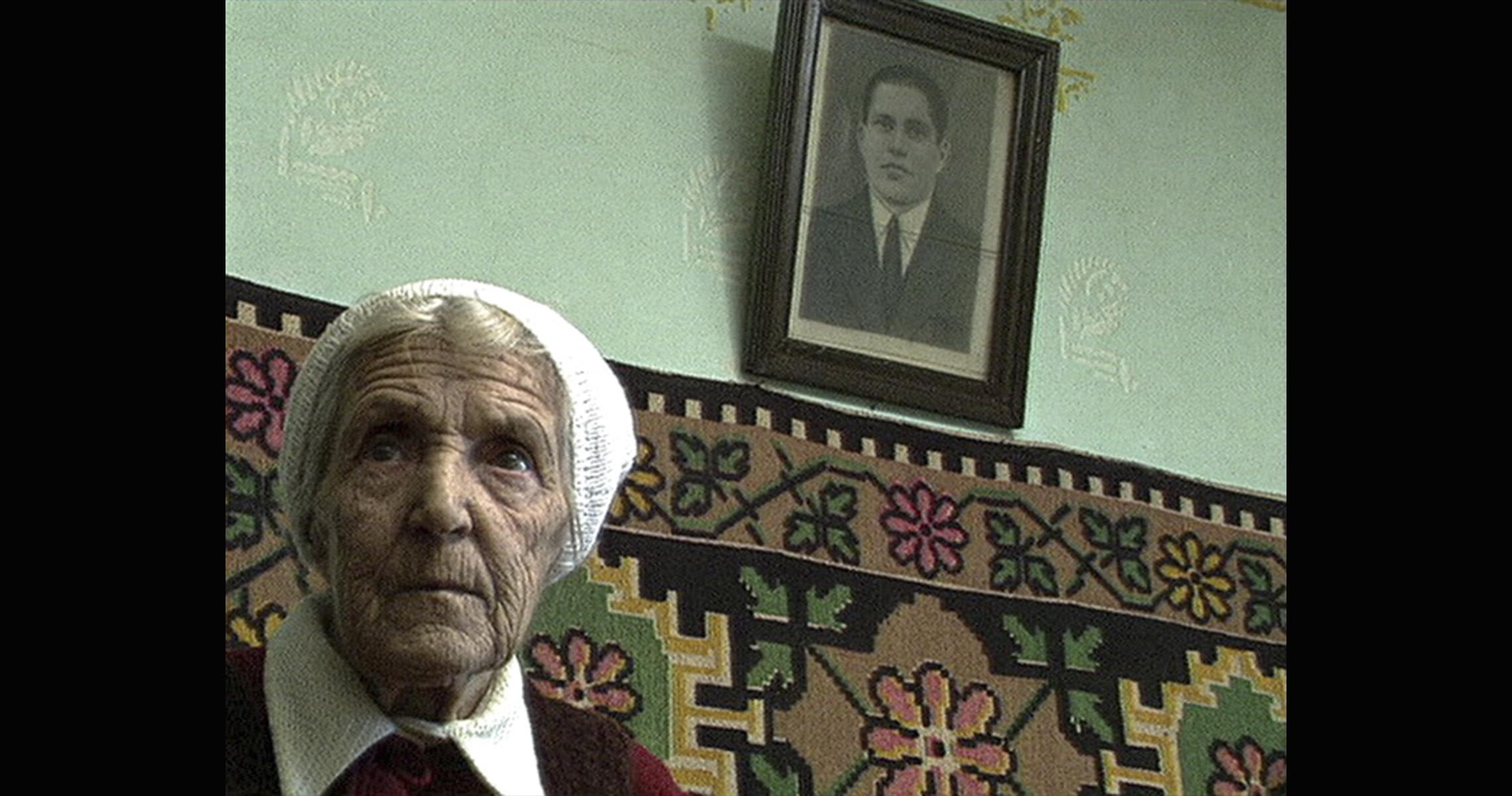
1995 11' Romania
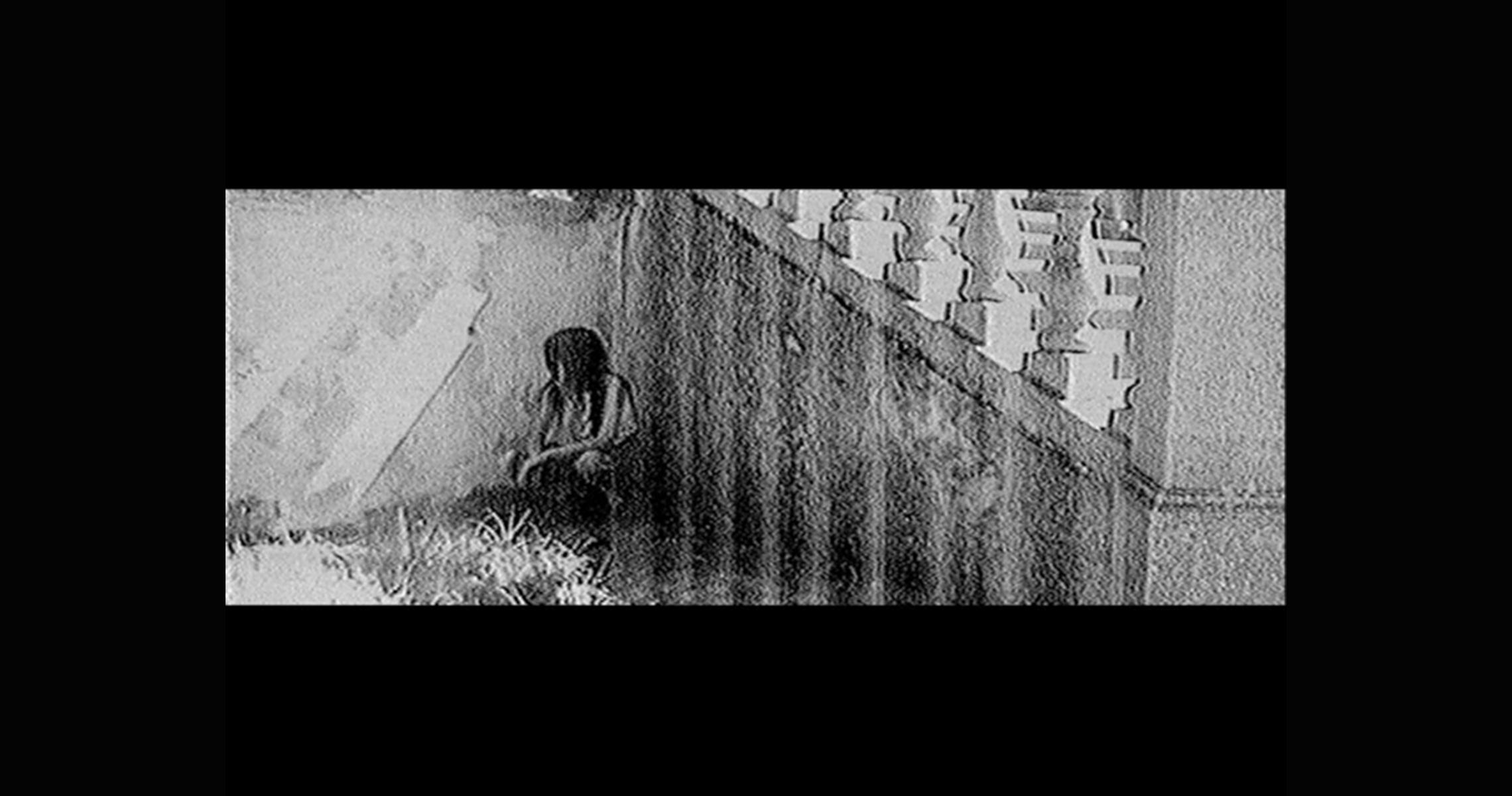
1996 9' Romania
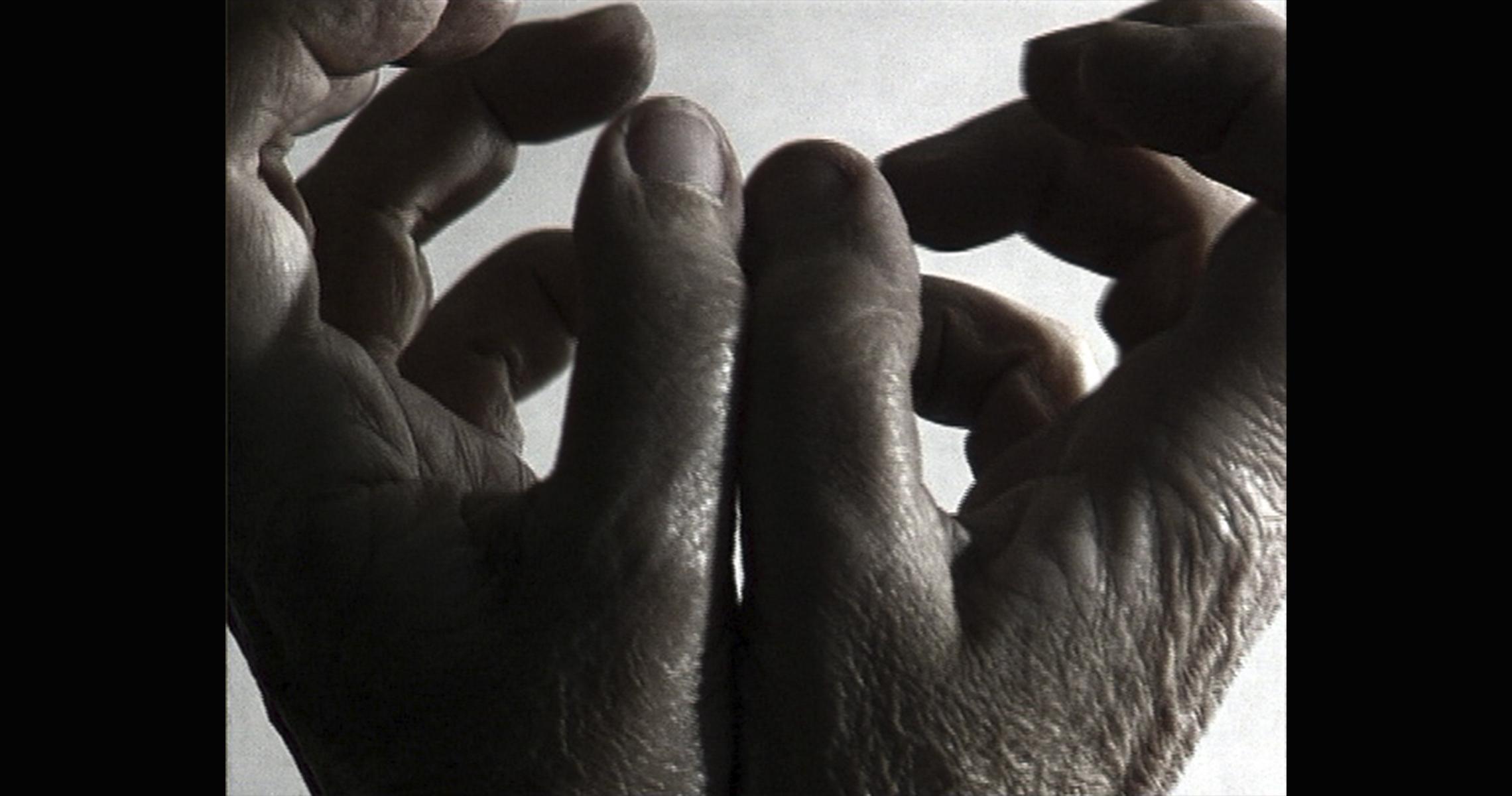
1993 4' Romania
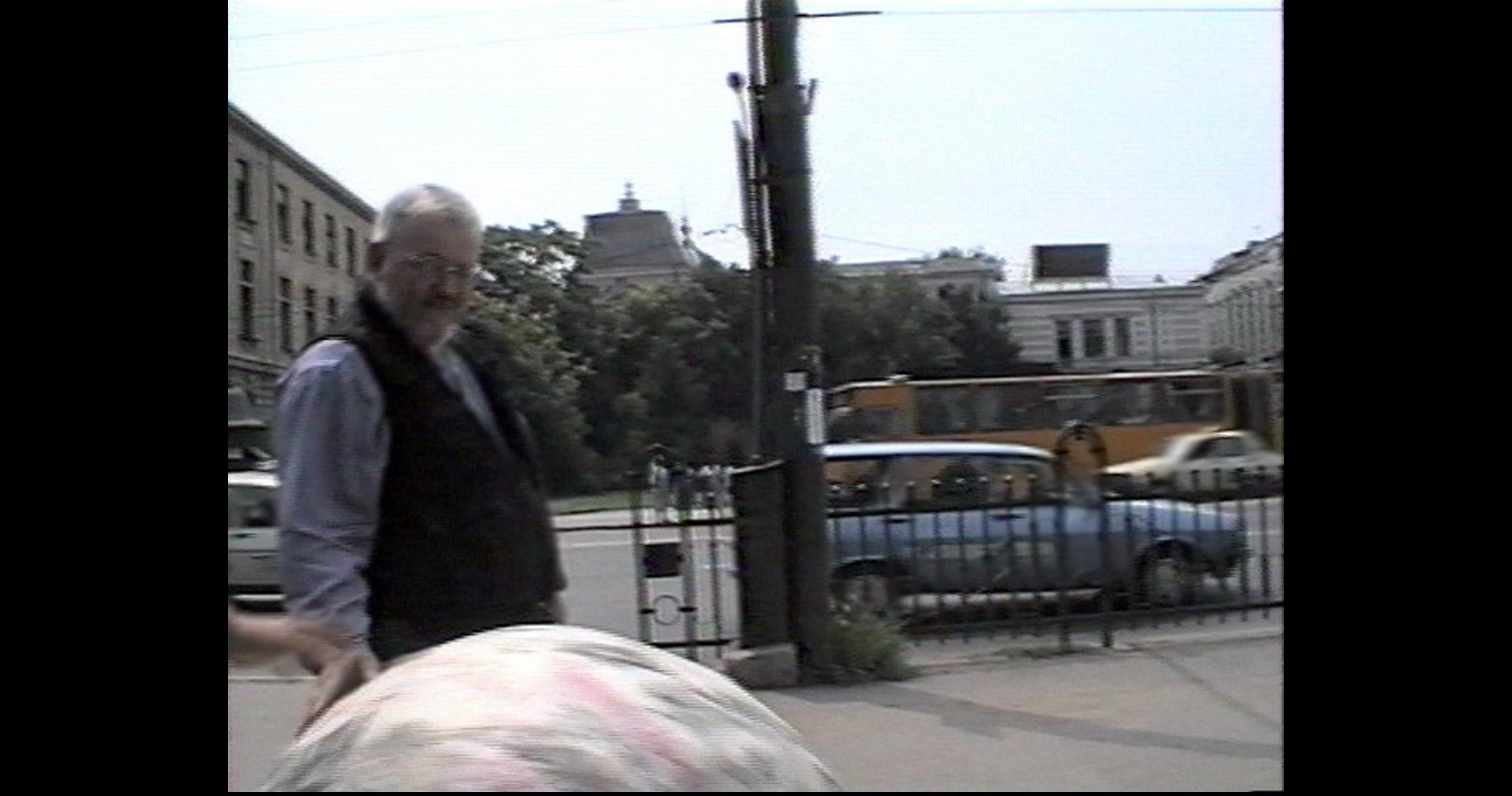
1995 10' Romania
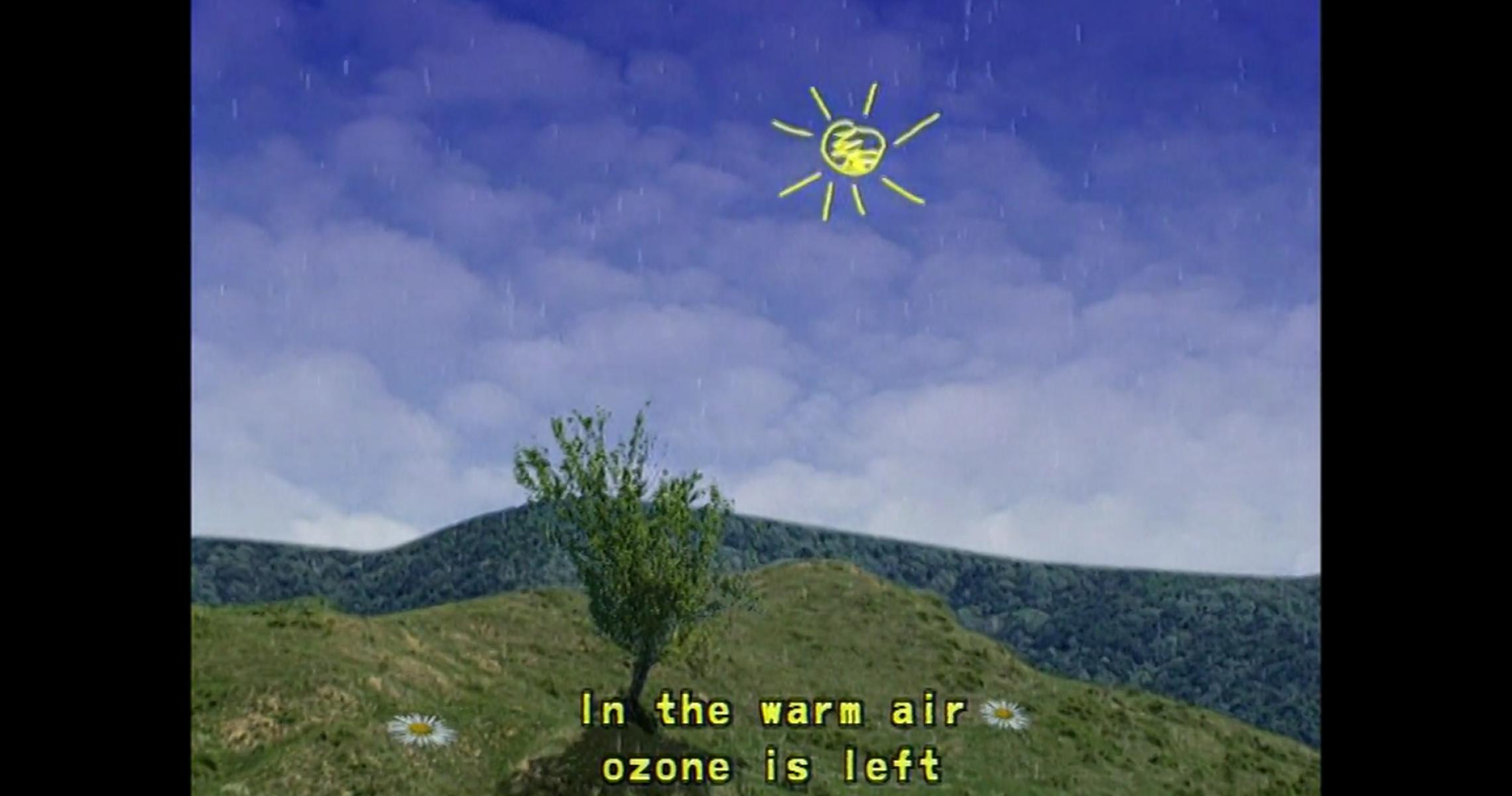
1997 3' Romania
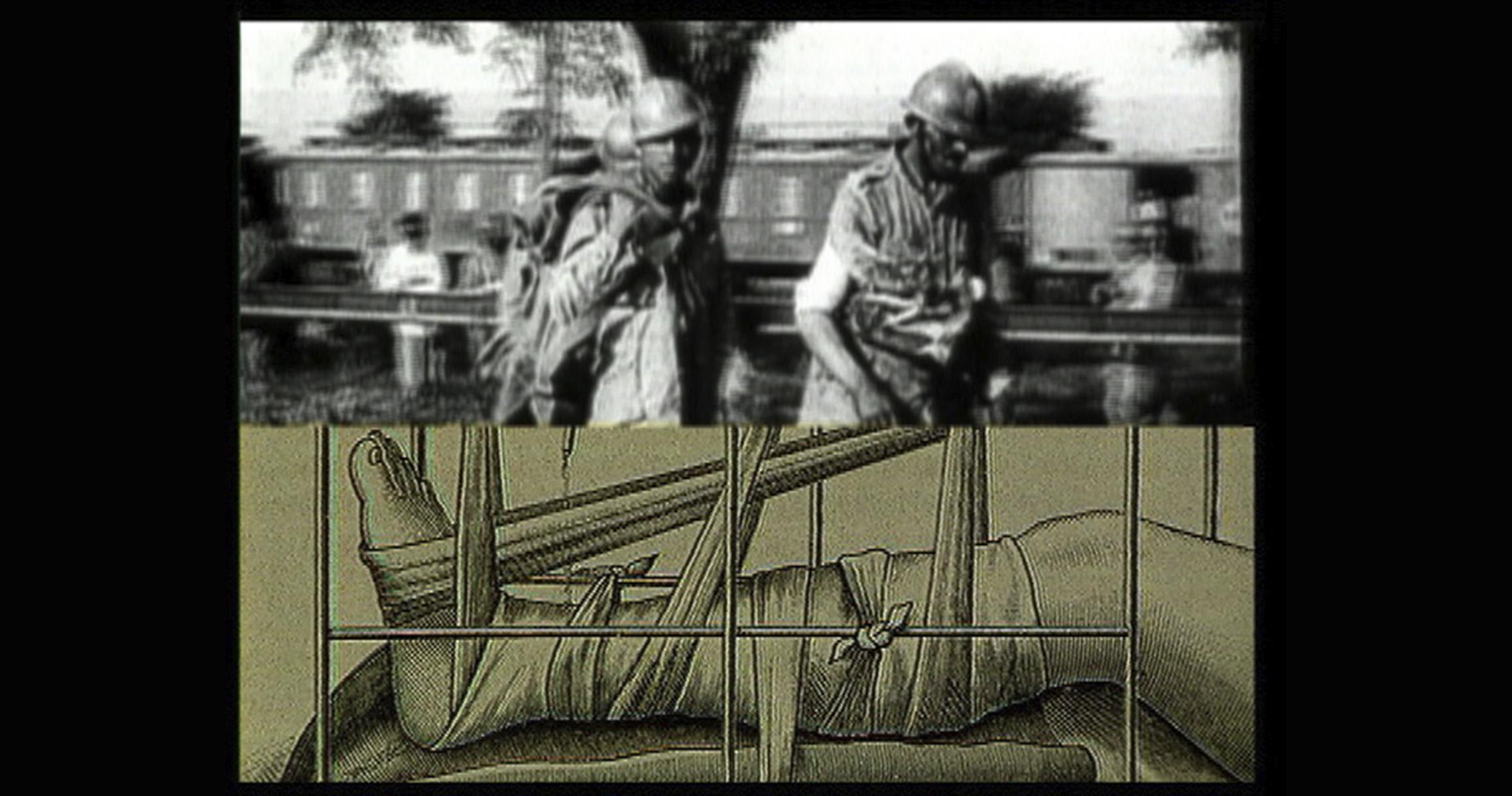
1993 27' Romania
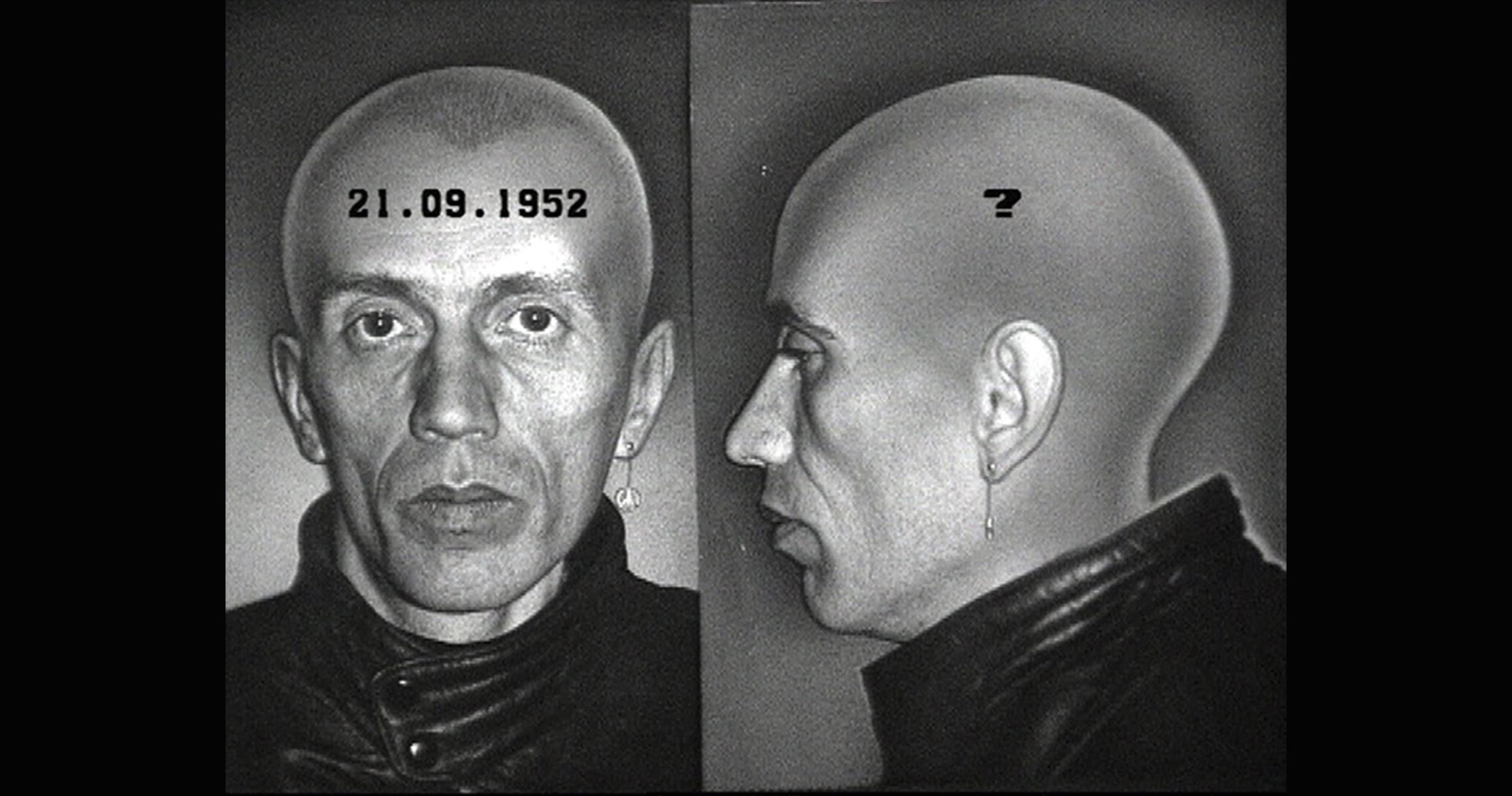
1992 16'/42' Romania
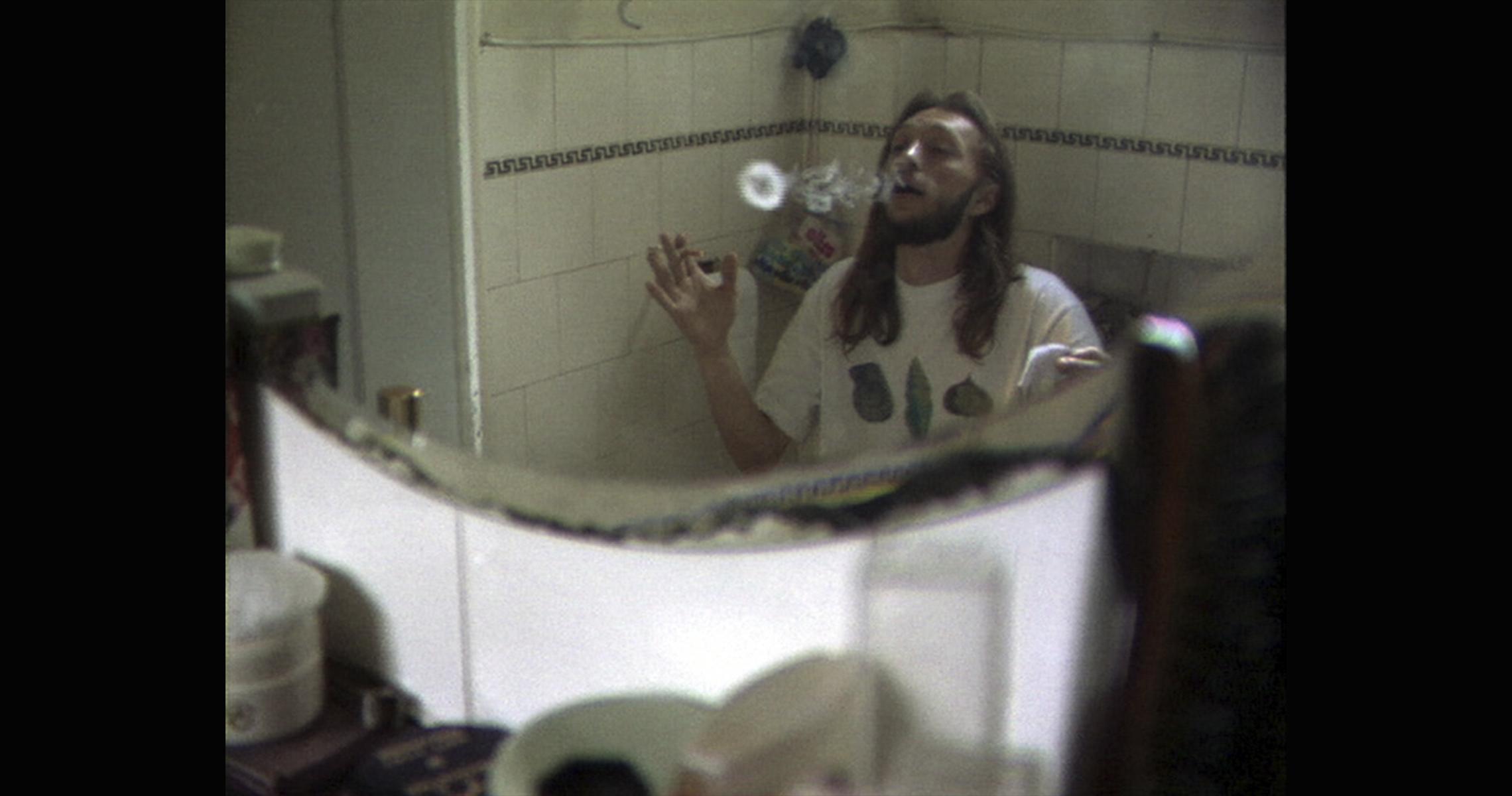
1994 3' Romania
